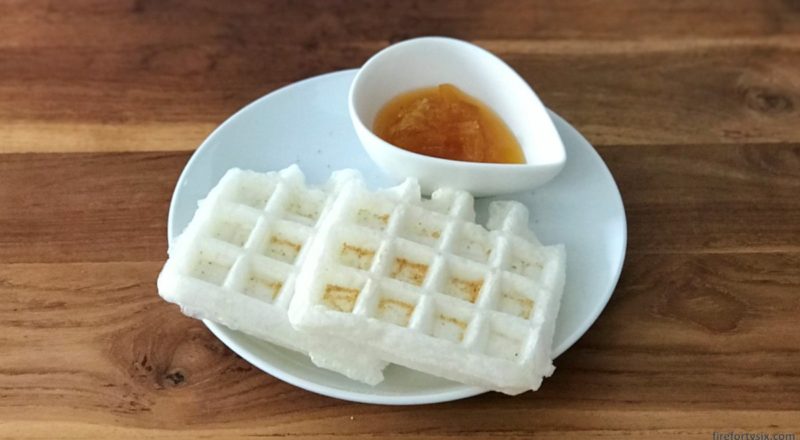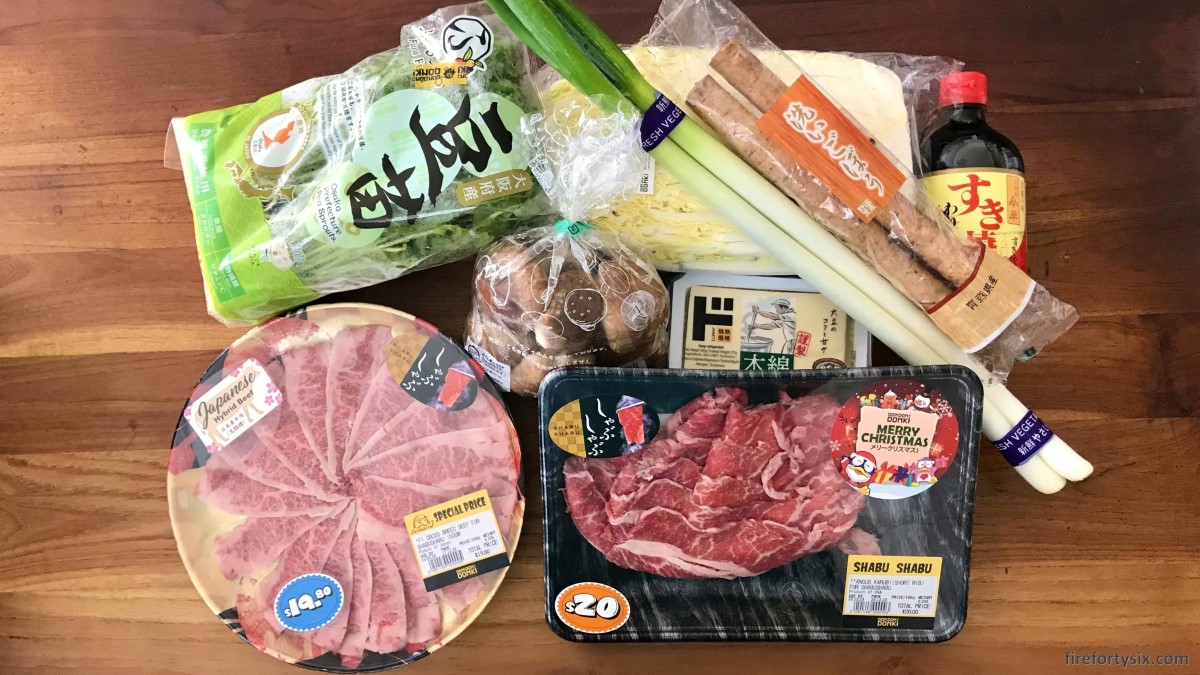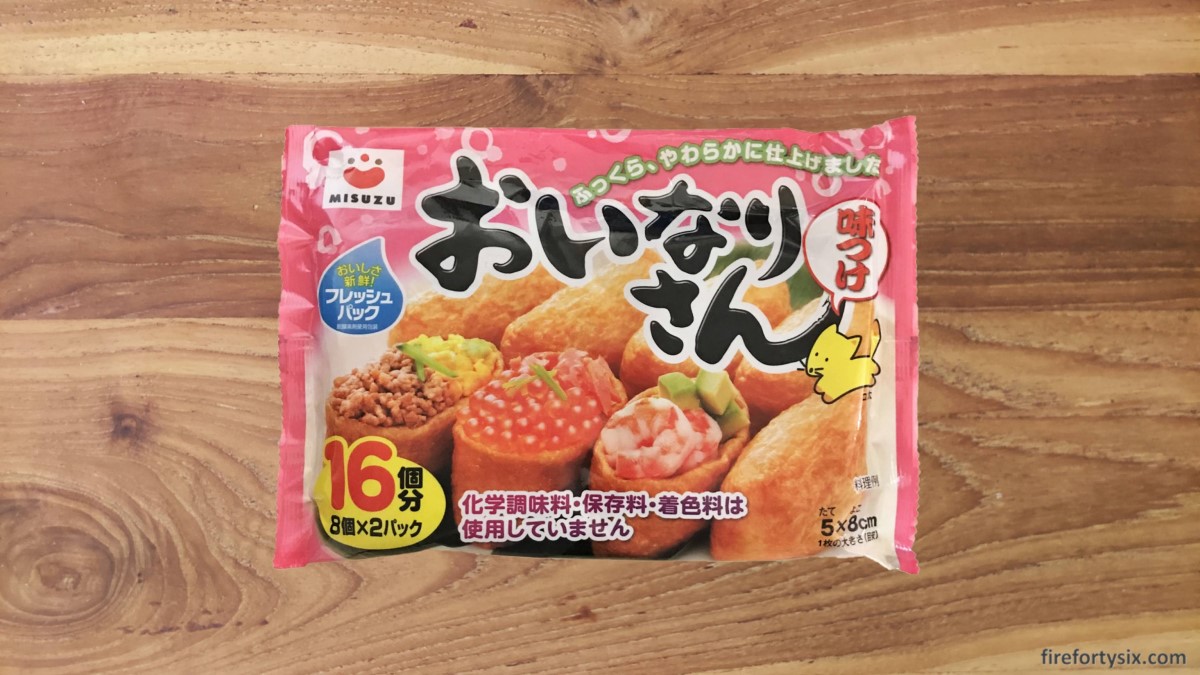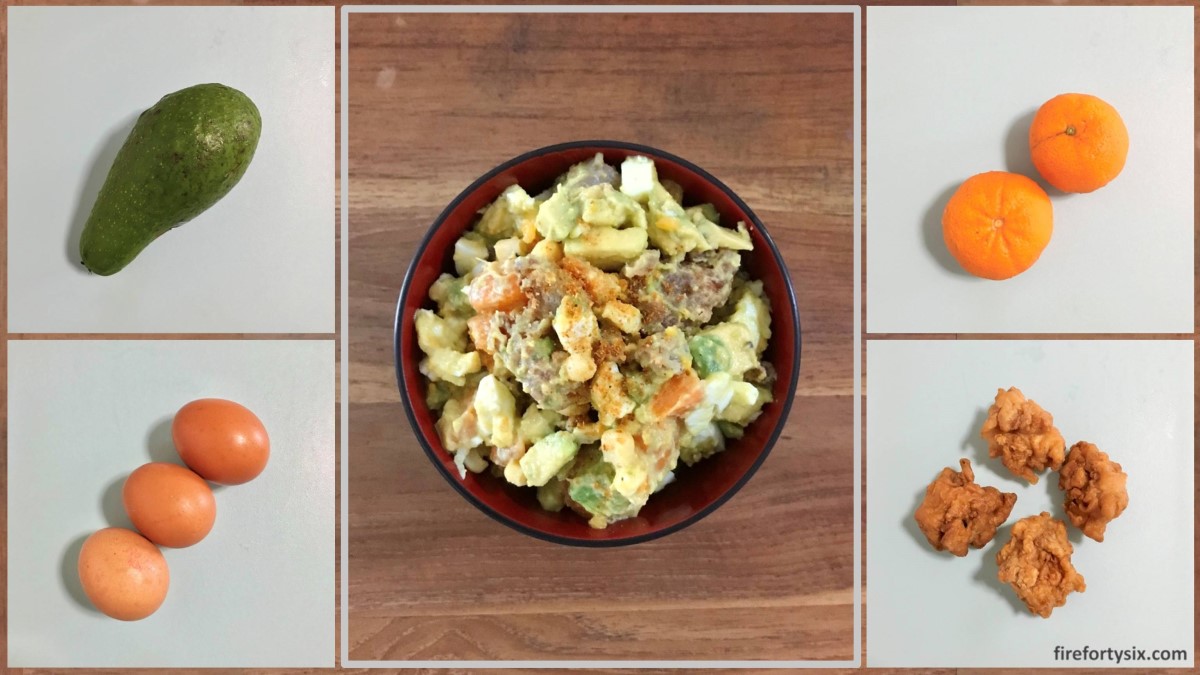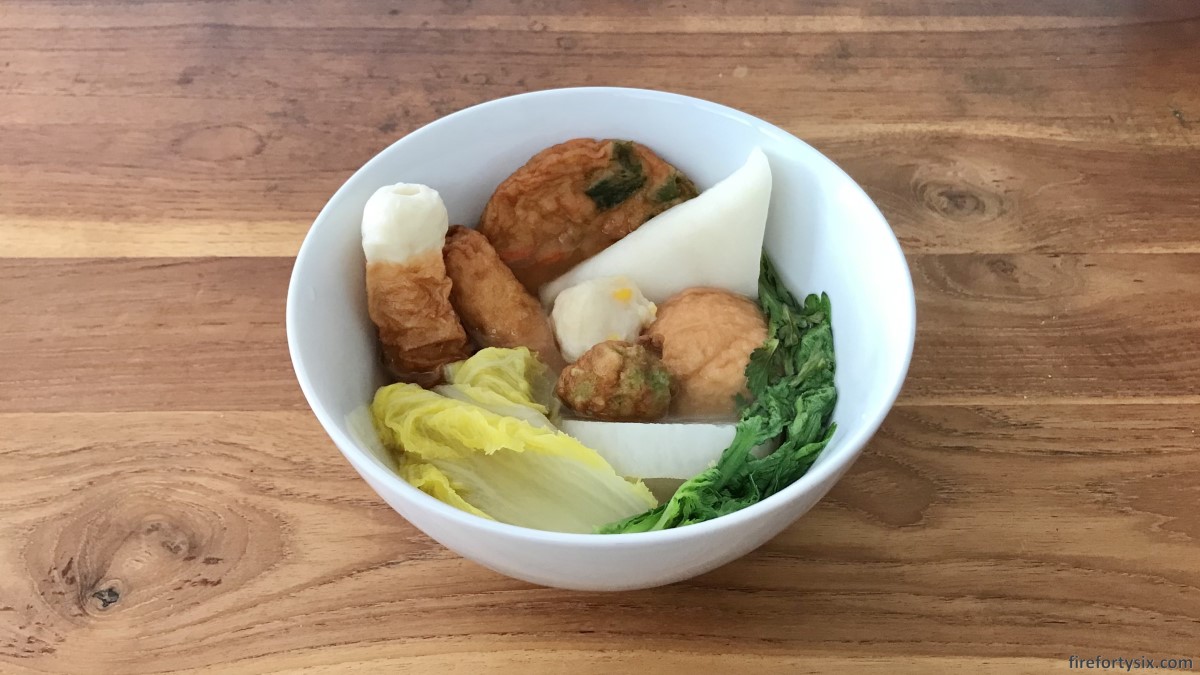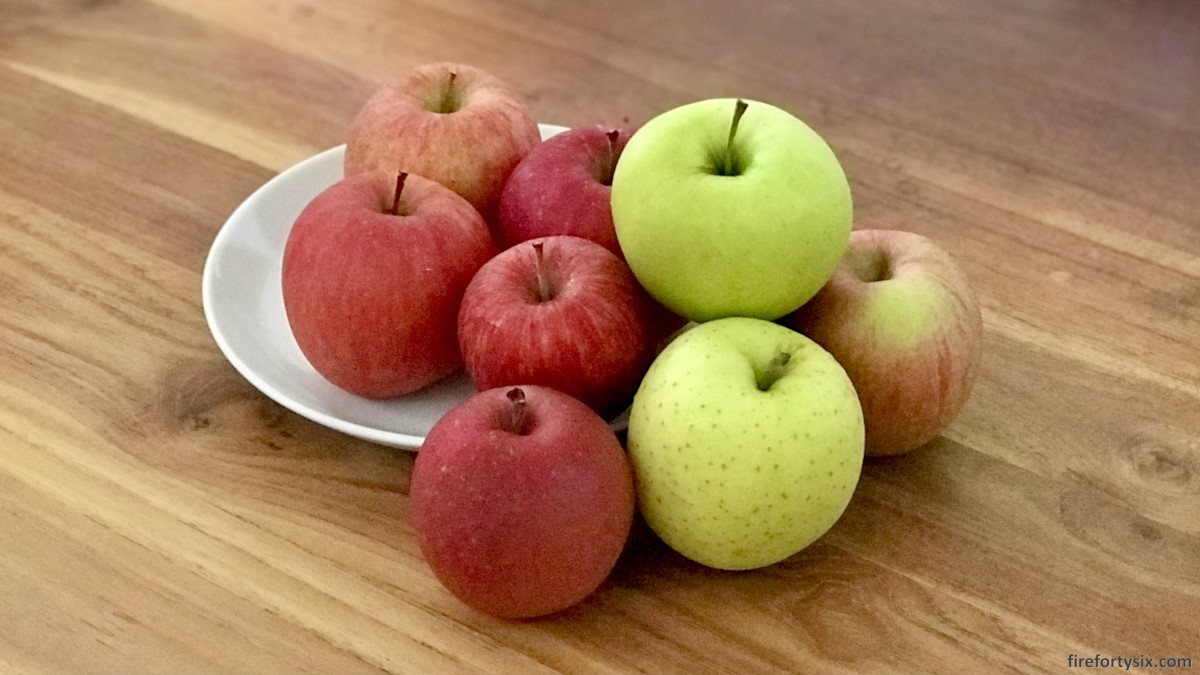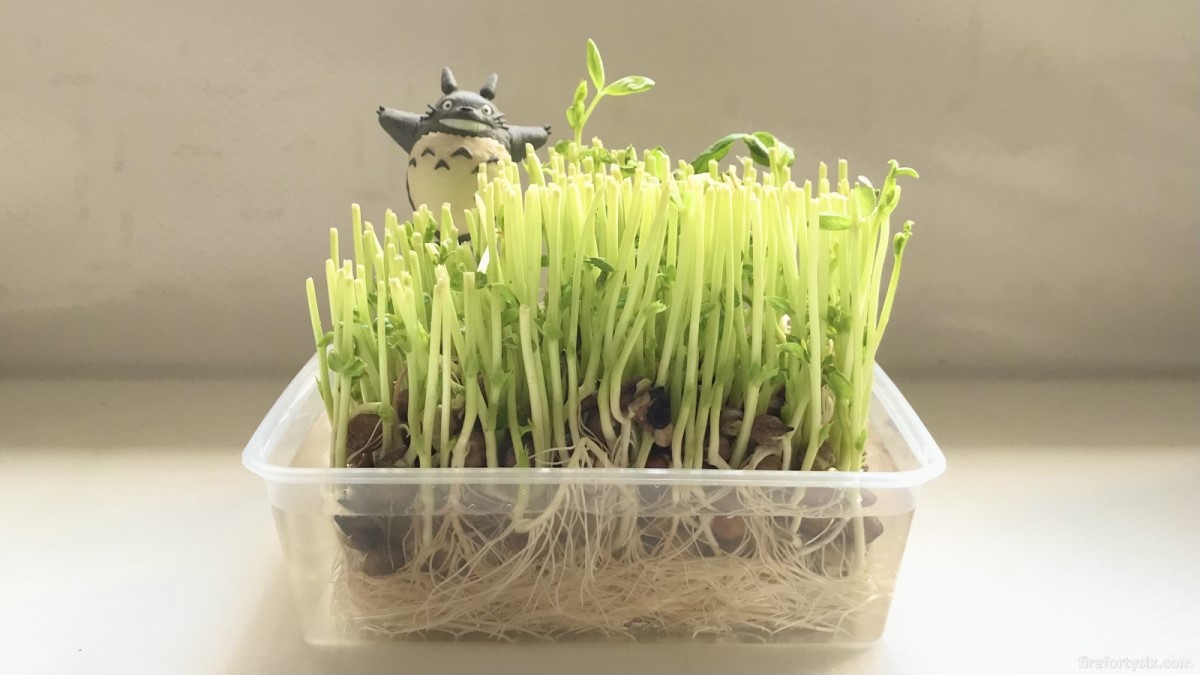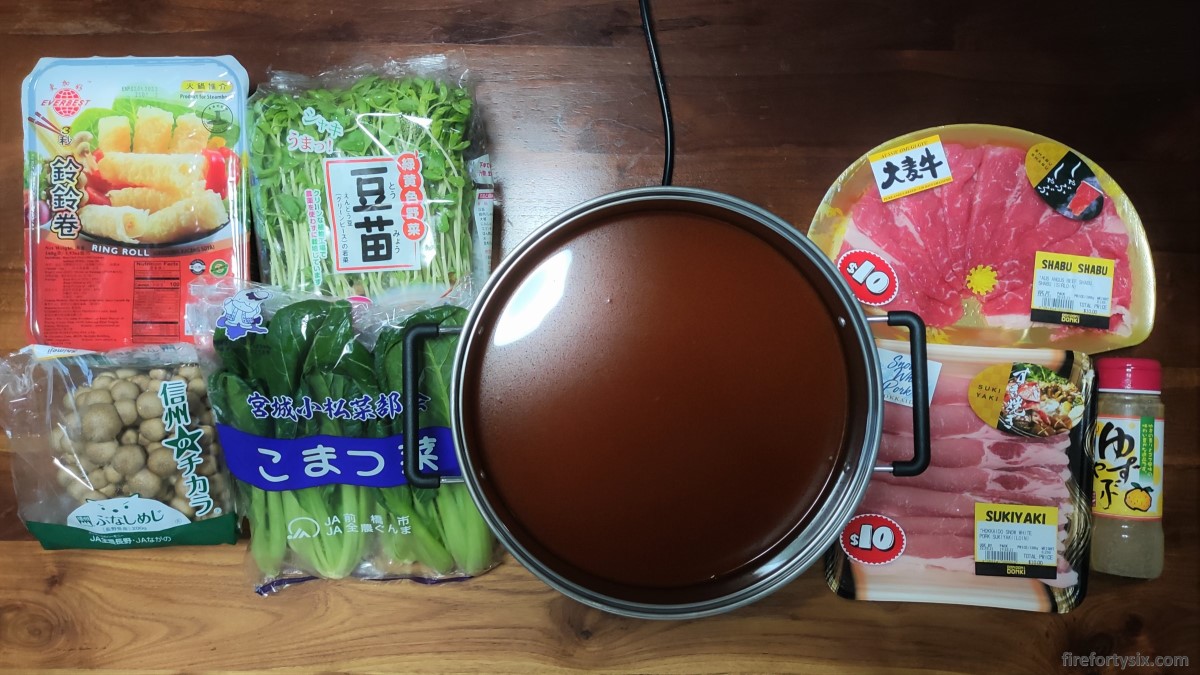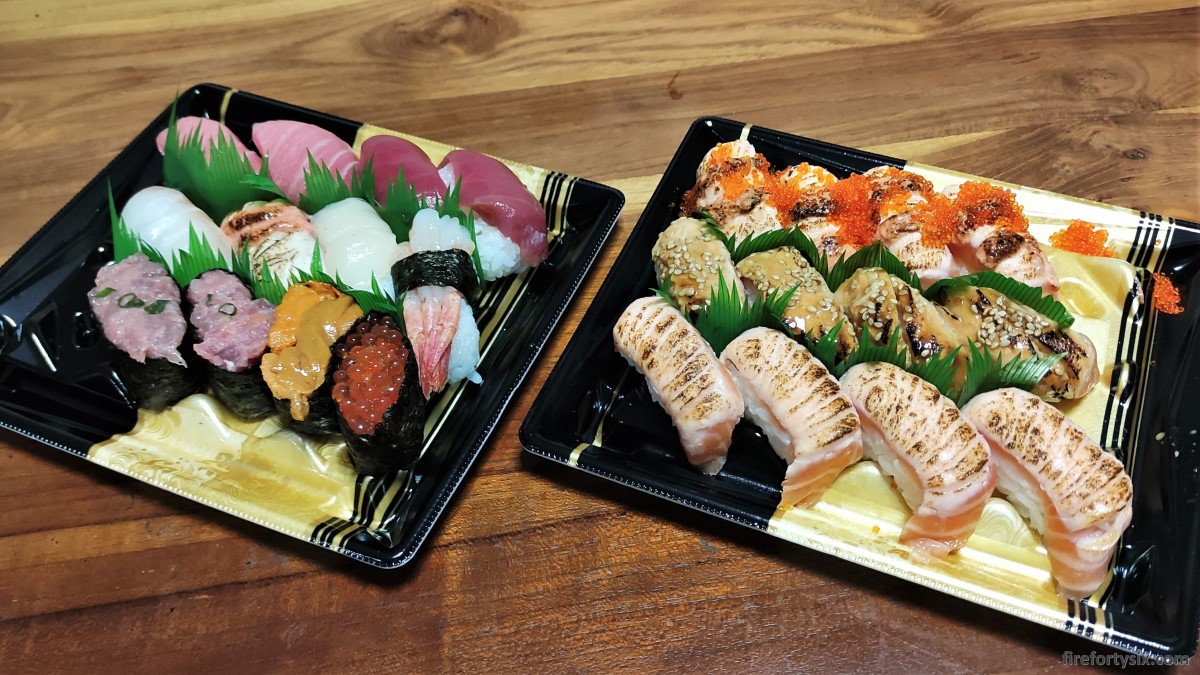Today is the first day of the Chinese New Year, and The Wife wanted to start off the year with an auspicious breakfast.
The traditional thing to do would have been to pan-fry some sweet and sticky 年糕 (nián gāo) rice cakes. Since 糕 (gāo) sounds the same as 高 (gāo), the rice cakes represent 步步高升 (bù bù gāo shēng), an auspicious saying that loosely translates to “progress with each and every step”.
But we didn’t have any 年糕 at home. What we did have though, was half-a-bag of mochi mini-bricks from Don Don Donki. Given that mochi is also a rice cake, we figured that it was close enough.
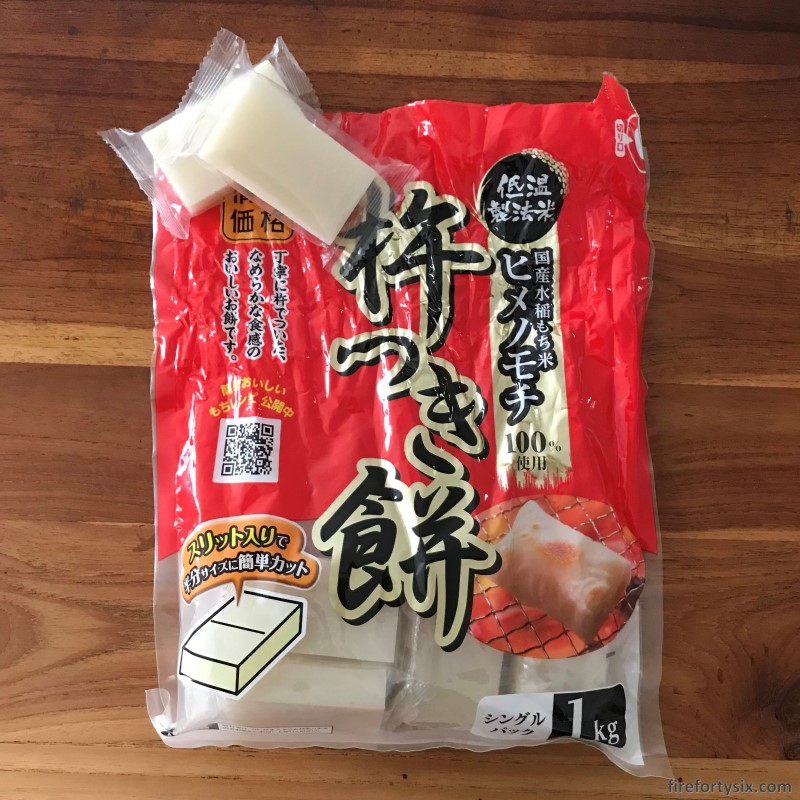
They’re usually toasted in the airfryer to soften up and acquire a nice char, before being dunked into miso soup. But today, she wanted to experiment and decided to cook it in a totally different way.
We swapped out the heating plates of our trusty Severin sandwich maker with their equivalent waffle-making counterparts. Then, in went two pieces of mochi blocks.


Given how rock-hard they are in the beginning, it’s impossible to squish them completely between the plates. But after being sufficiently heated up, they acquire a malleable consistency. Soft enough to be pressed into the grooves and gradually transformed into a familiar-looking waffle shape.
On their own, they have a mild rice-y flavour that’s pleasant and comforting, but they taste really quite bland. To give them a sweet citrusy boost, The Wife scooped out some yuzu citron from Jeju, South Korea, and dusted on grated yuzu peel from Oita, Japan.
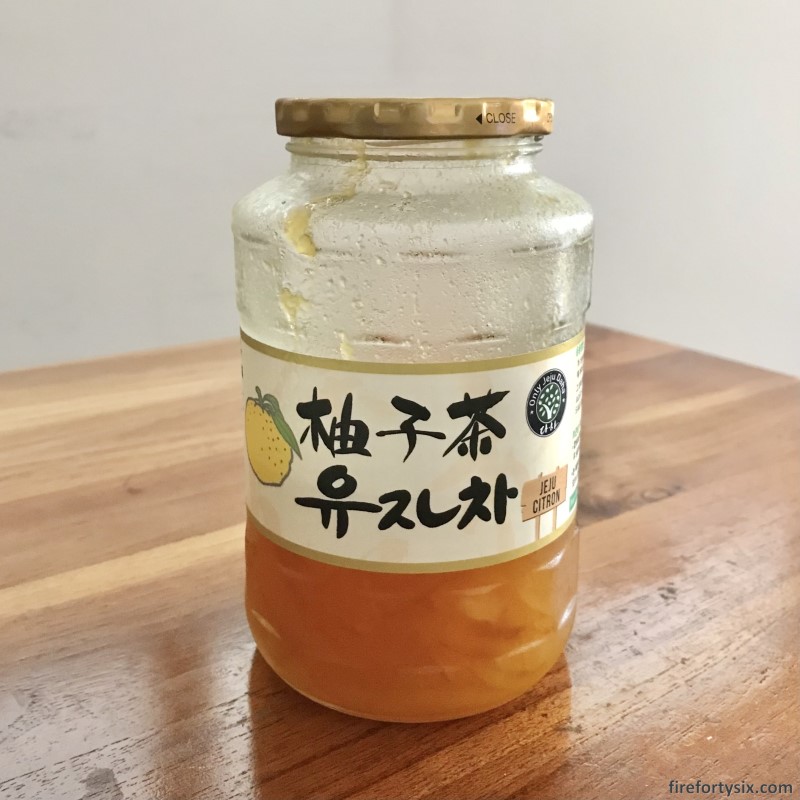
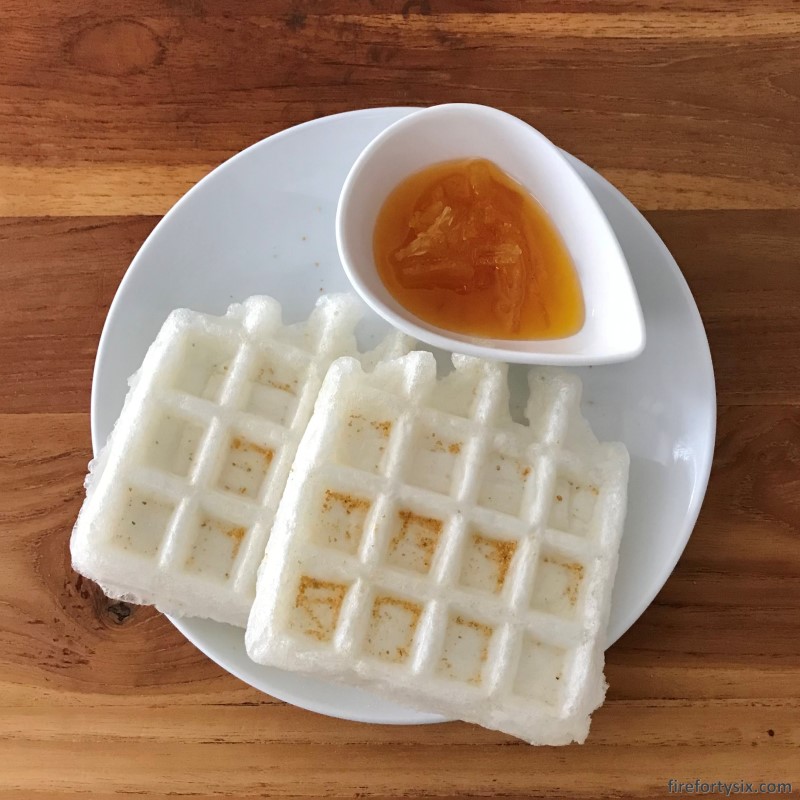
Yuzu is a cousin of the tangerine, or 橘子 (jú zi) in Chinese; and 橘 (jú) sounds like 吉 (jí), which in turn symbolises 大吉大利 (dà jí dà lì), or loosely “abundant fortune and prosperity”.
It all seems a bit convoluted, but that’s how many Chinese auspicious sayings are derived. Once you get the hang of it, figuring out their etymology can actually be quite fun.

To increase the level of auspiciousness even more, I poured out some of my favourite Canadian maple syrup to use as a dipping sauce.
Because maple syrup is sweet, or 甜 (tián) in Chinese; and can be linked to the saying 甜甜蜜蜜 (tián tián mì mì), which is used to wish for “a life filled with sweetness”.
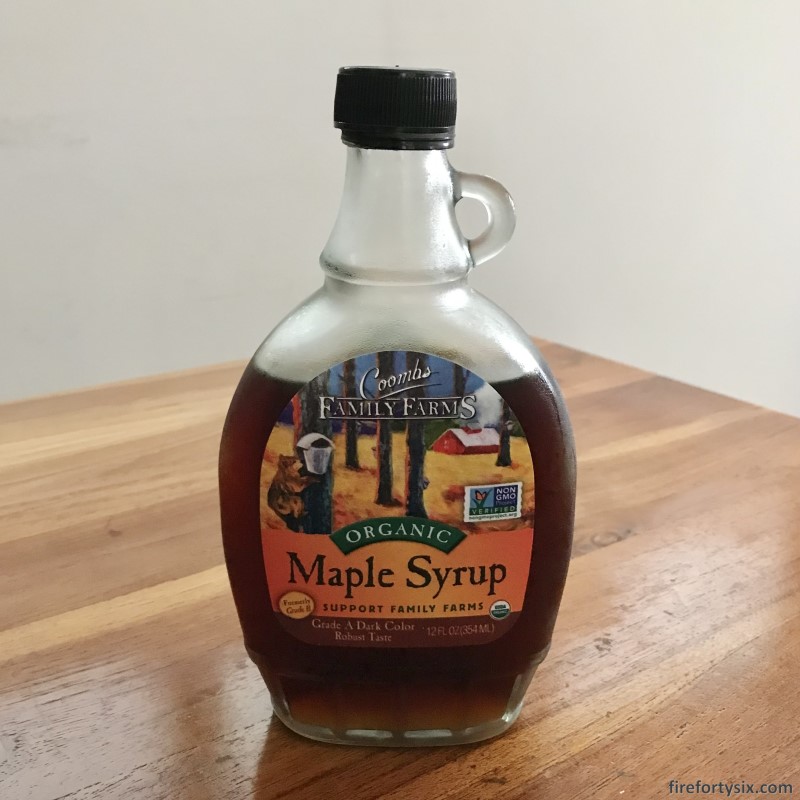
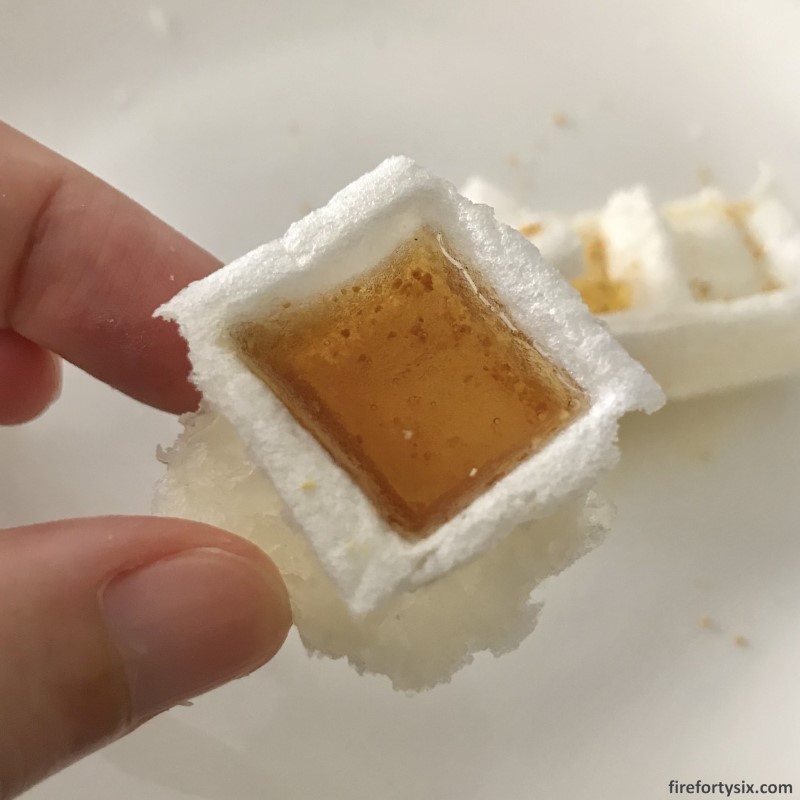
The mochi waffles had a nice crunchy outer layer and a chewy interior. Remember to eat them hot, straight out of the waffle maker, or they’ll start to harden quite quickly.
They won’t be as fluffy inside as well-made normal waffles, of course, but their auspicious symbolism more than makes up for any lack of fuwa fuwa.
So, if you have a waffle maker and any spare mochi lying around, you might want to give this a try. And for those of you celebrating the Chinese New Year, here’s wishing you 新年快乐、万事如意!
Note: This post contains affiliate links. If you use these links to buy something, I may earn a commission. Thanks.
